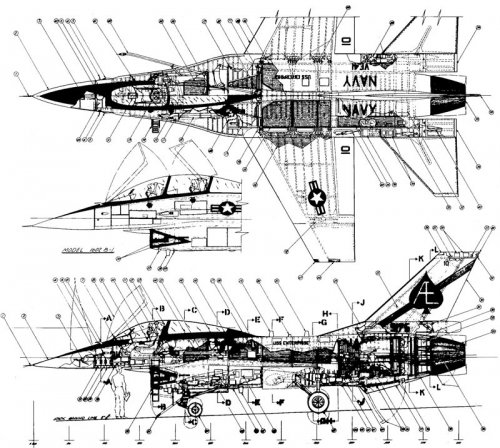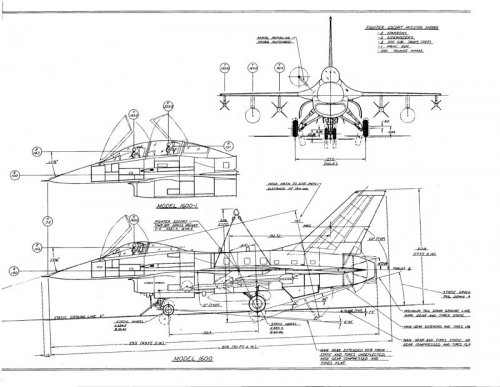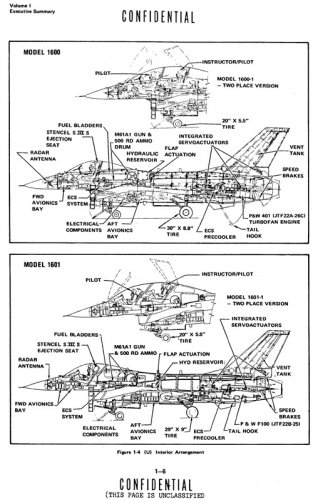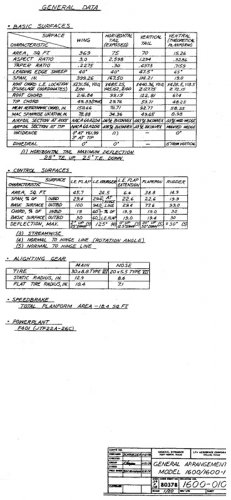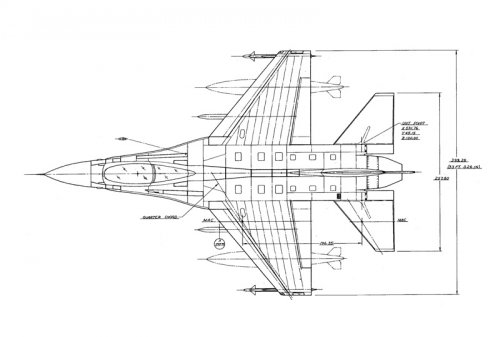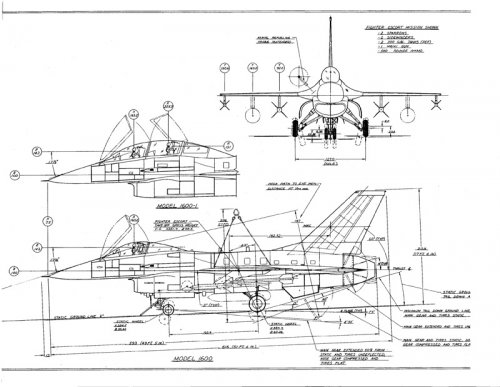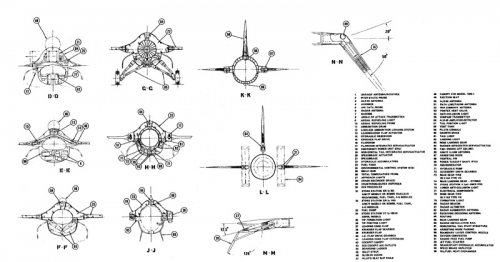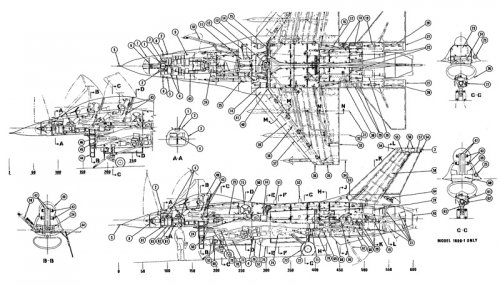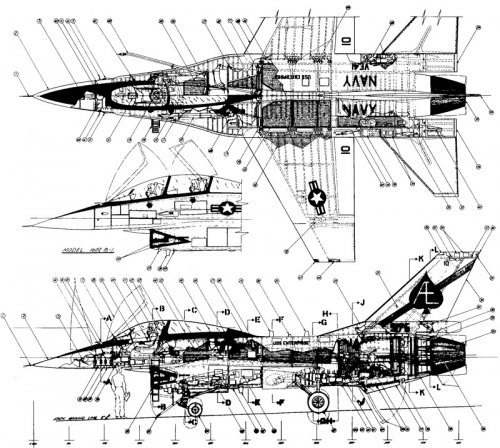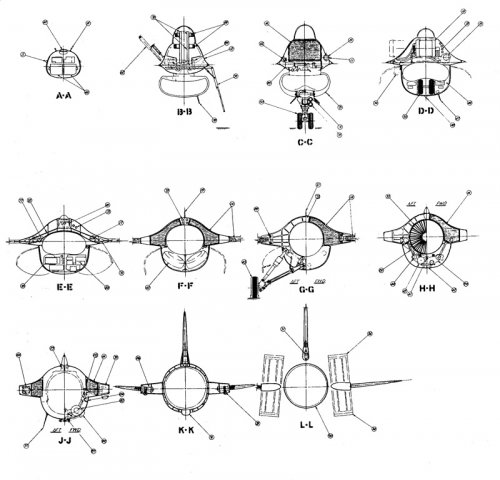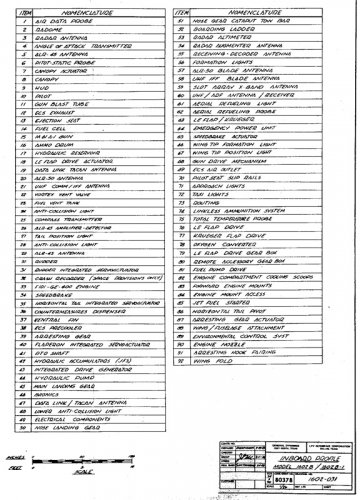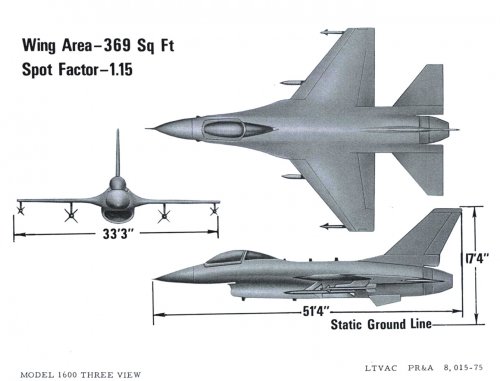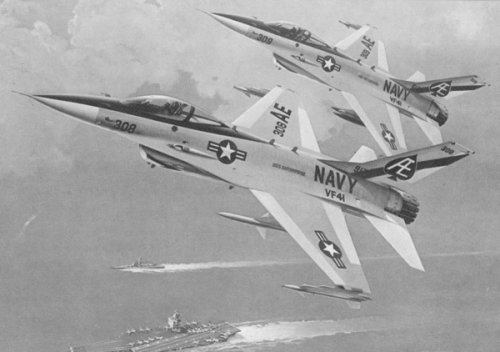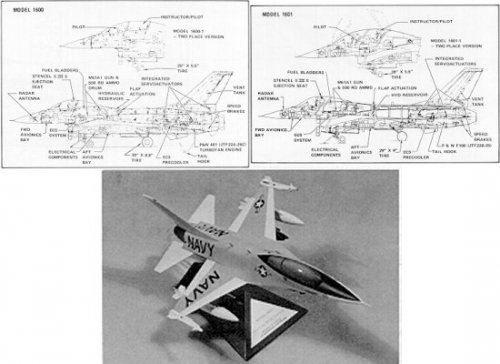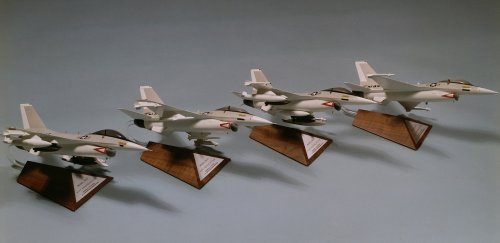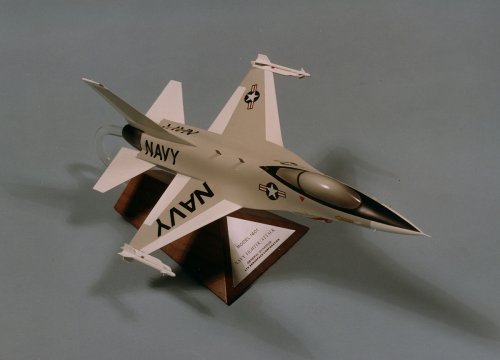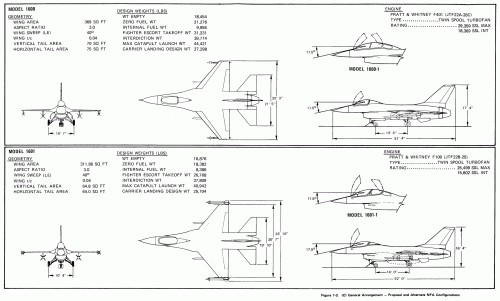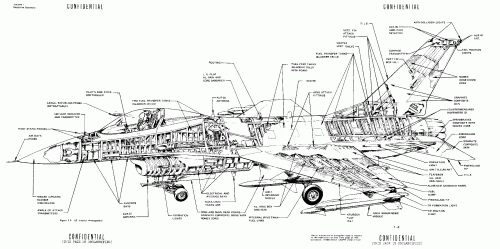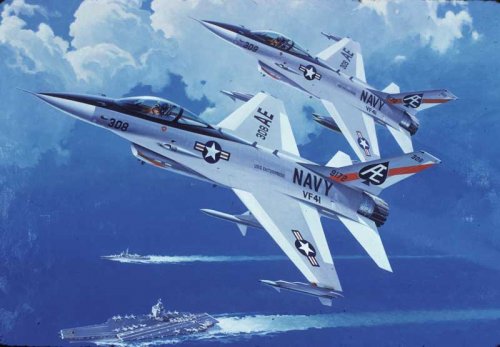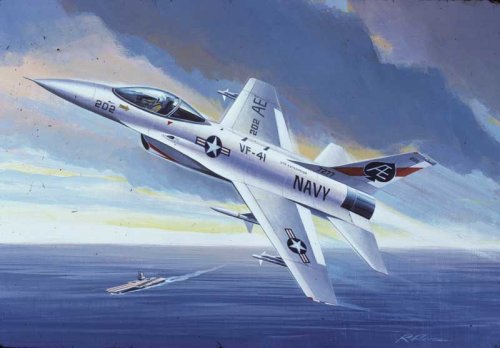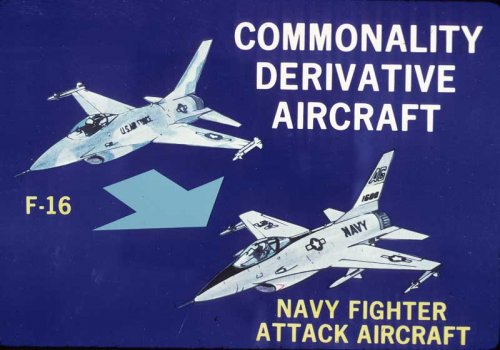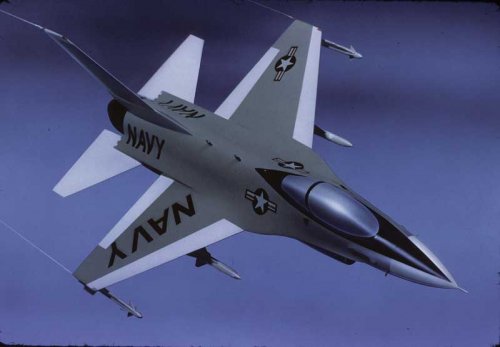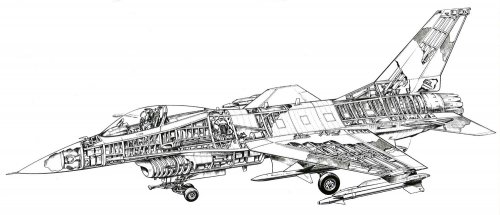- Joined
- 13 June 2007
- Messages
- 2,173
- Reaction score
- 3,096
Greetings All -
Here's a few of the Vought concepts - first off the designs that competed for the F-14 and then the LWF designs when they teamed with General Dynamics and would have/could have had the F/A-18 had the Navy followed Congress's edict to choose the winning LWF design (F-16). I'm going back down to Vought in the Fall and will do some more research into other proposals/designs for both of these Navy programs.
Enjoy the Day! Mark
F/A-18 Program designs/proposals:
Here's a few of the Vought concepts - first off the designs that competed for the F-14 and then the LWF designs when they teamed with General Dynamics and would have/could have had the F/A-18 had the Navy followed Congress's edict to choose the winning LWF design (F-16). I'm going back down to Vought in the Fall and will do some more research into other proposals/designs for both of these Navy programs.
Enjoy the Day! Mark
F/A-18 Program designs/proposals:

